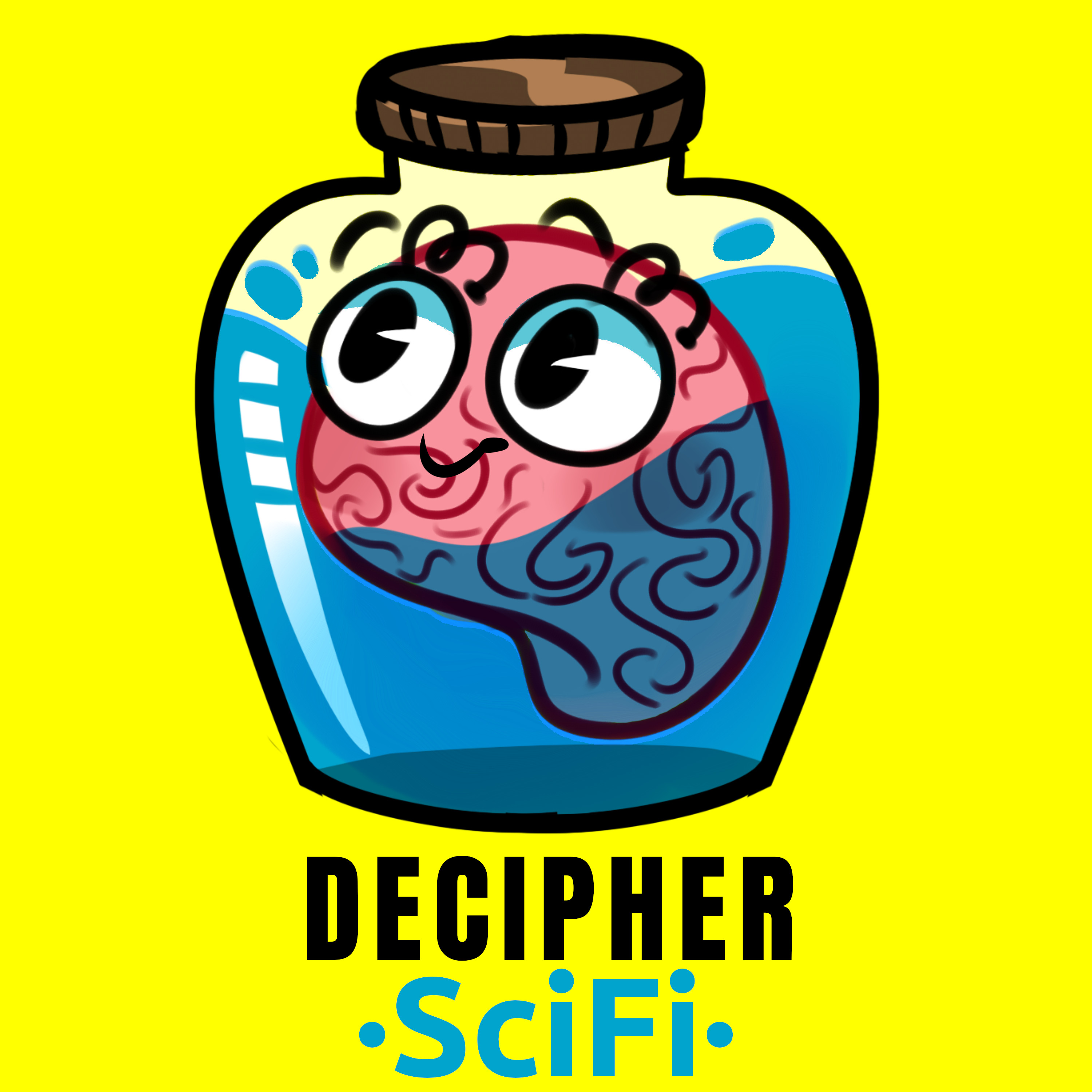Doctor Who: the Y2K scare, supernumerary hearts, and the utility of atomic clocks

Doctor Who \n\n
Not a lot of Doctor Who experience at the table here. Recognition of the Moffat era. Finding a single, self-contained Who unit to use as an entr\xe9e. James McAvoy.
\n\n Millenium \n\nPedantic note: the millenium wouldn\u2019t really start until 2001. Colbert gets to be the jerk for once.
\n\n Y2K \n\nNumeronyms. Alternate terms: CDC, FADL. How we got here (there, then?). Limits on data storage and memory over time that make two-digit date storage actually seem kinda reasonable. Y2K38, aka the Unix millnium bug. The horrors of datetime in software and can you imagine the pain of writing this code for time travel. Standard datetime epochs: unix epoch, planet epoch, and time-since-the-big-bang epoch. We\u2019re gonna need a lot more memory.
\n\n Multiple hearts \n\nDoctor Who has got a lot of heart. But also he has literally two hearts. Animals irl on Earth with multiple \u201chearts.\u201d Octopus (3), hagfish (4). The role of auxiliary \u201chearts\u201d in these animals. Human heart grafting in heterotopic aka \u201cpiggy-back\u201d heart transplants.
\n\n Atomic clocks \n\nThe history of time-measurement accuracy. From sundials to Hugens\u2019 pendulum to modern atomic clocks. Appreciating GPS and understanding how atomic clocks are integral to their function.
\n\n\nSupport the show!